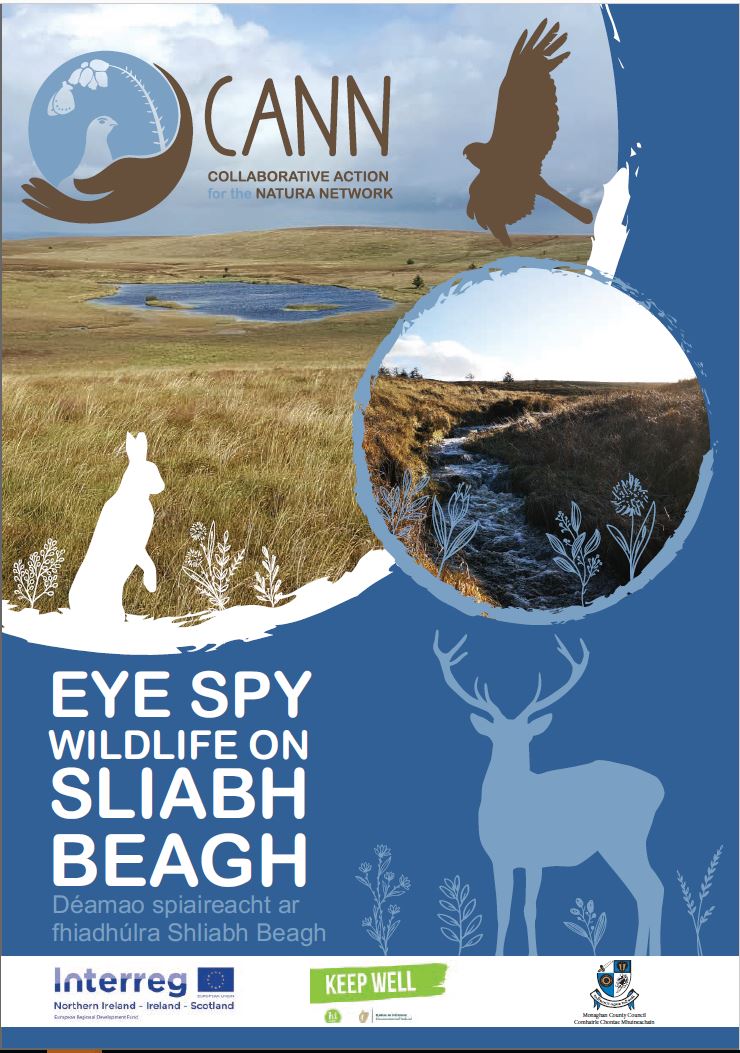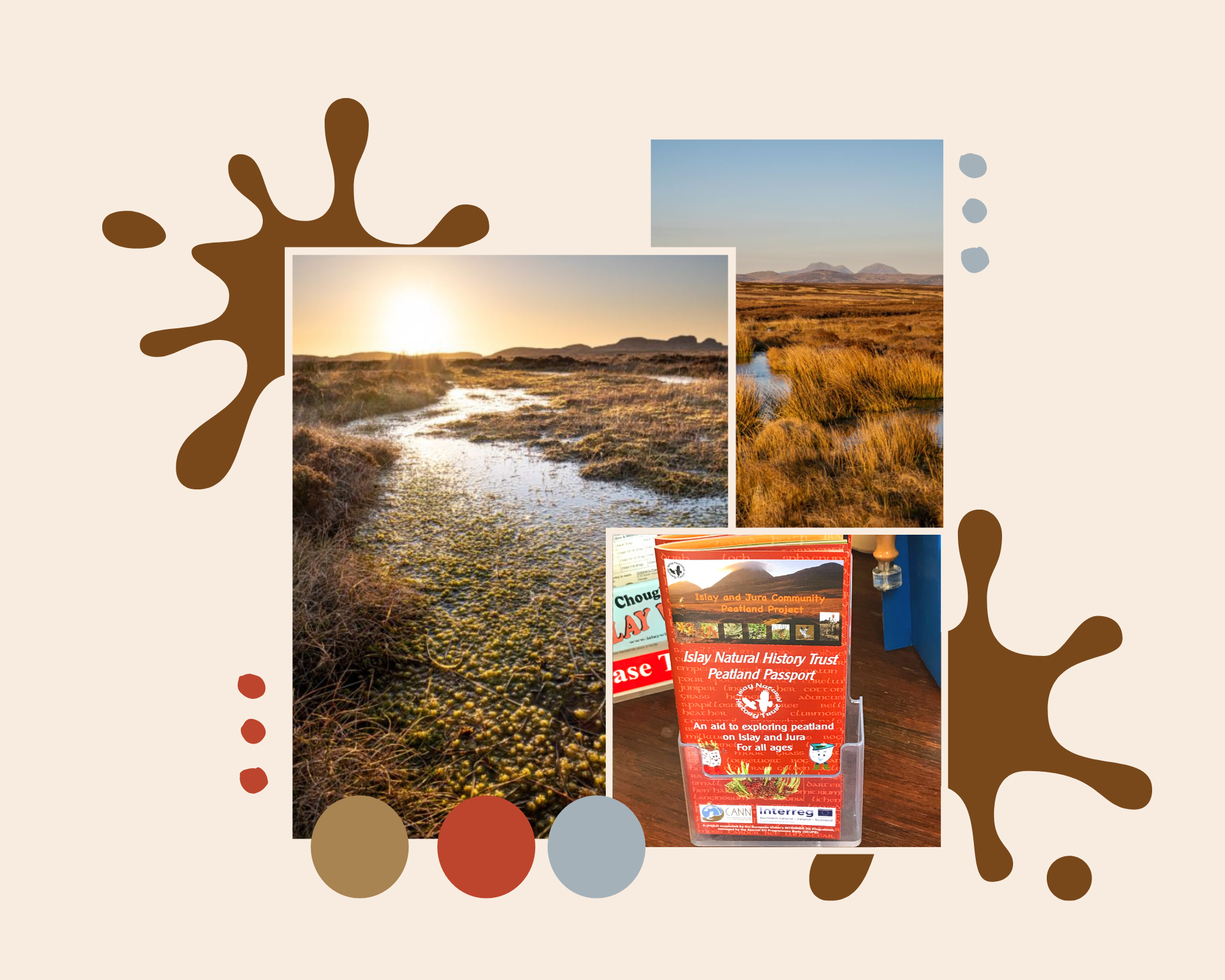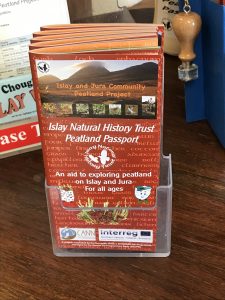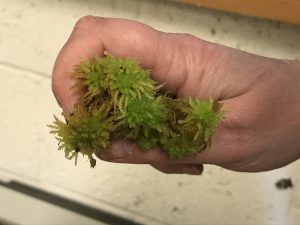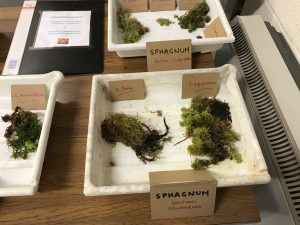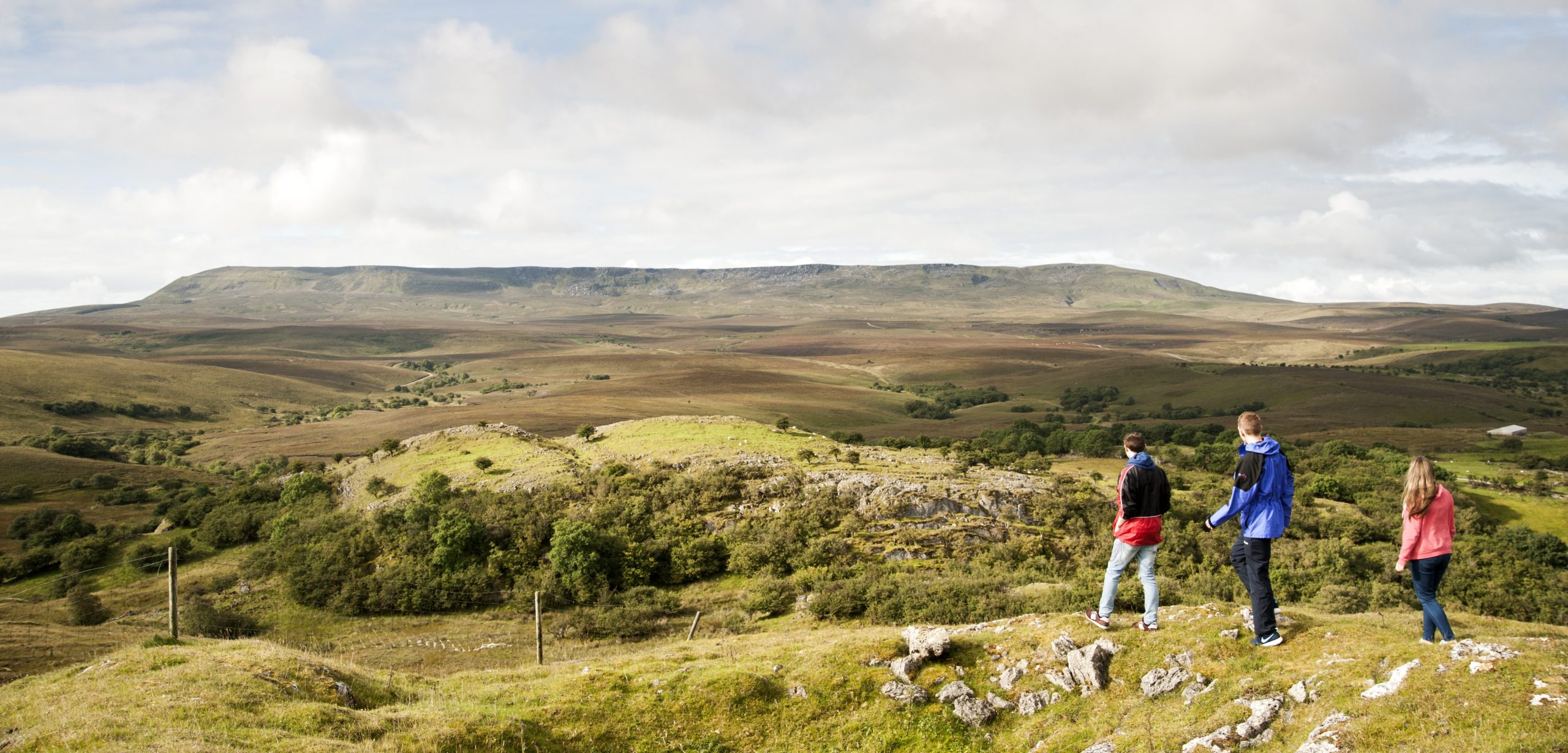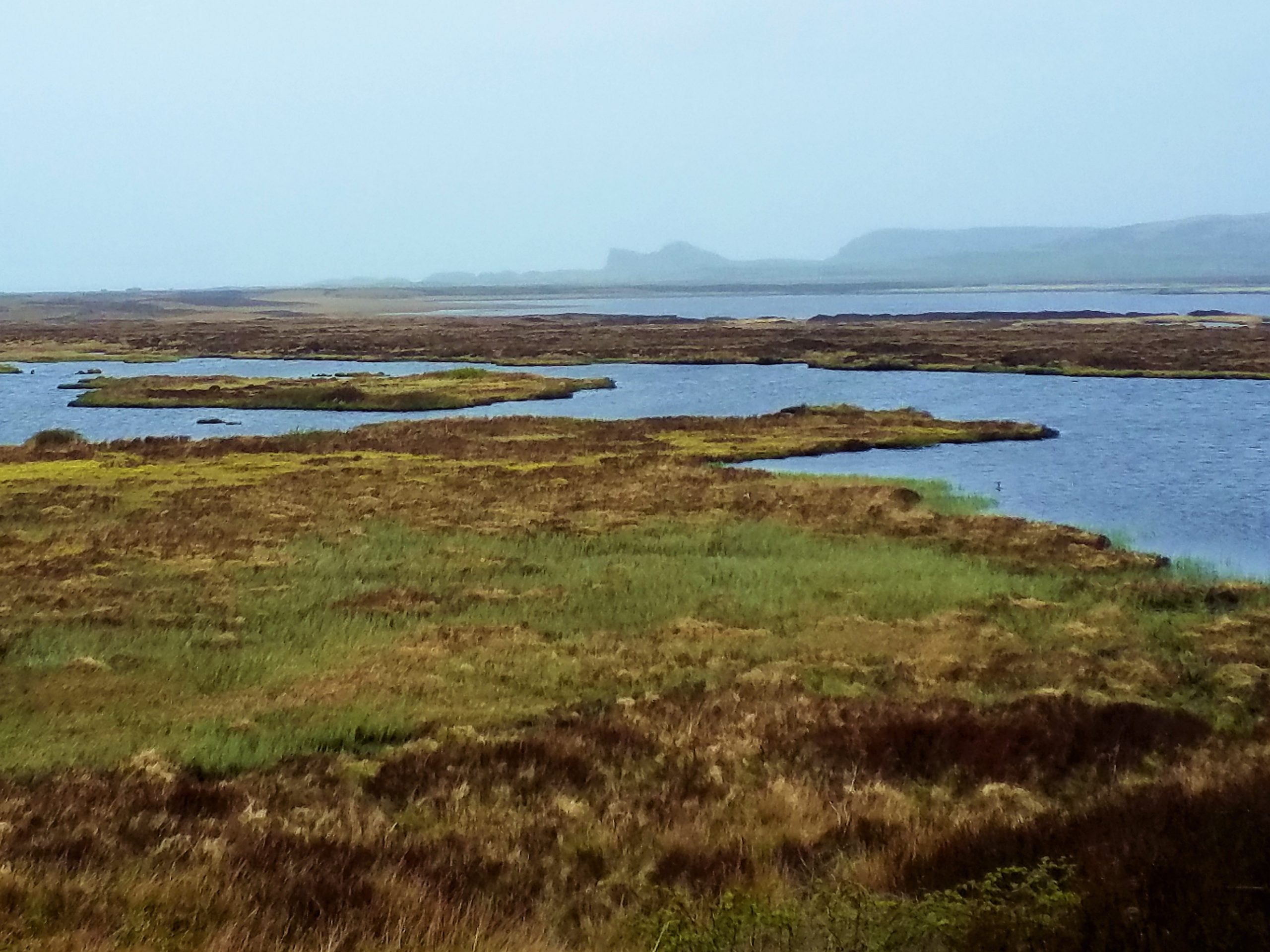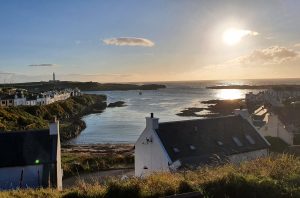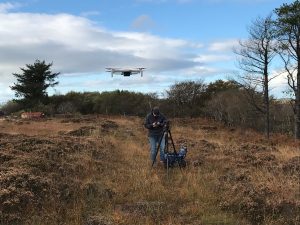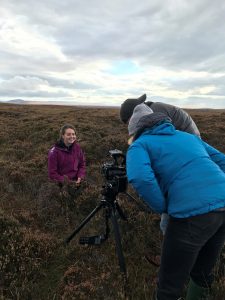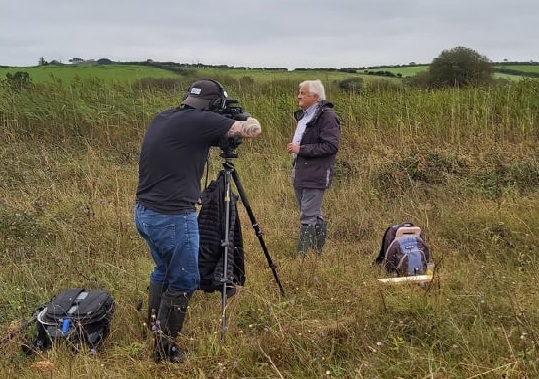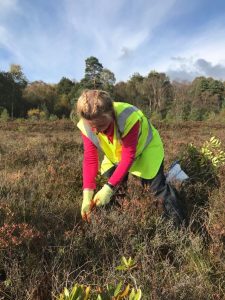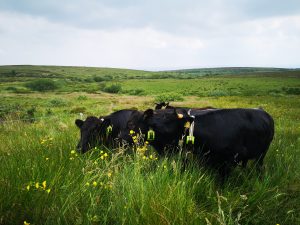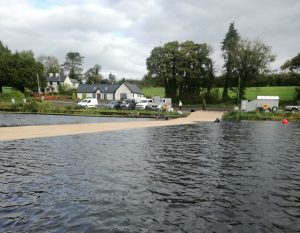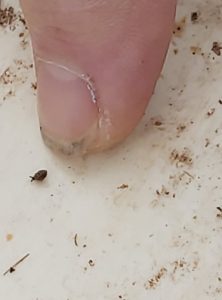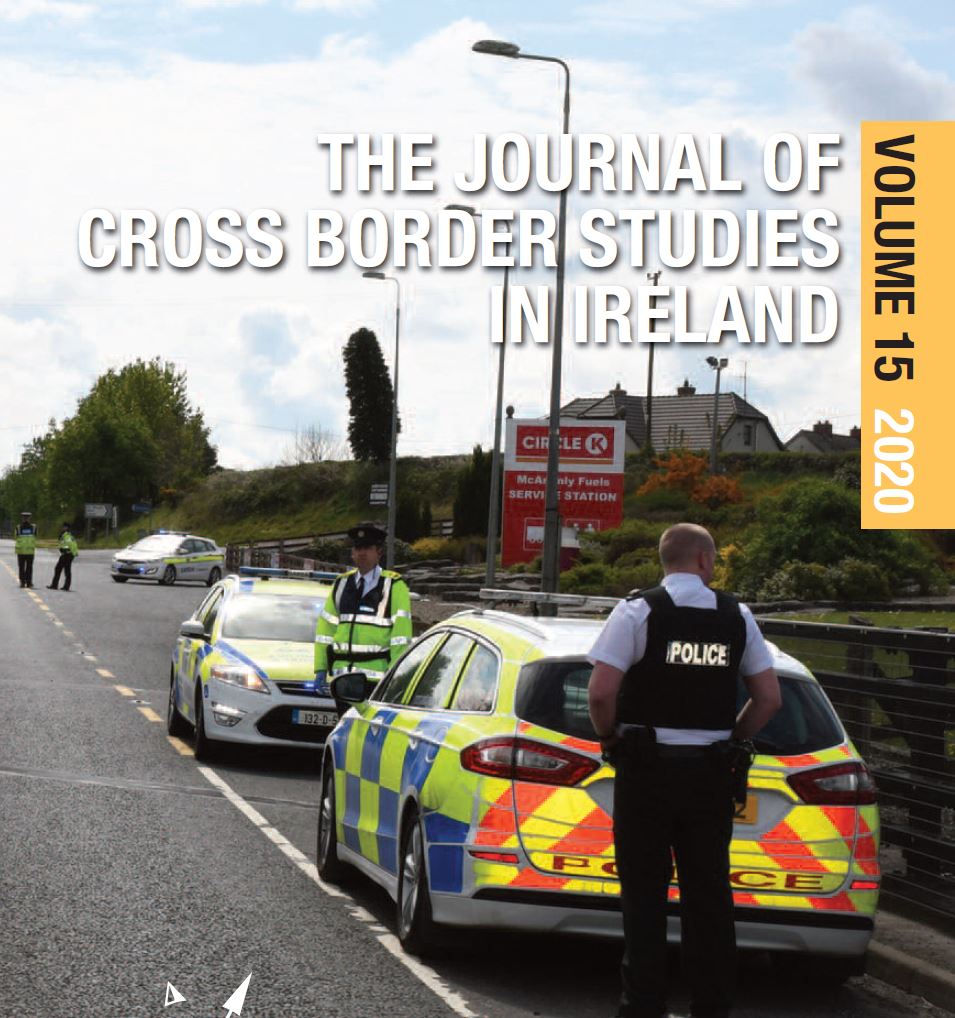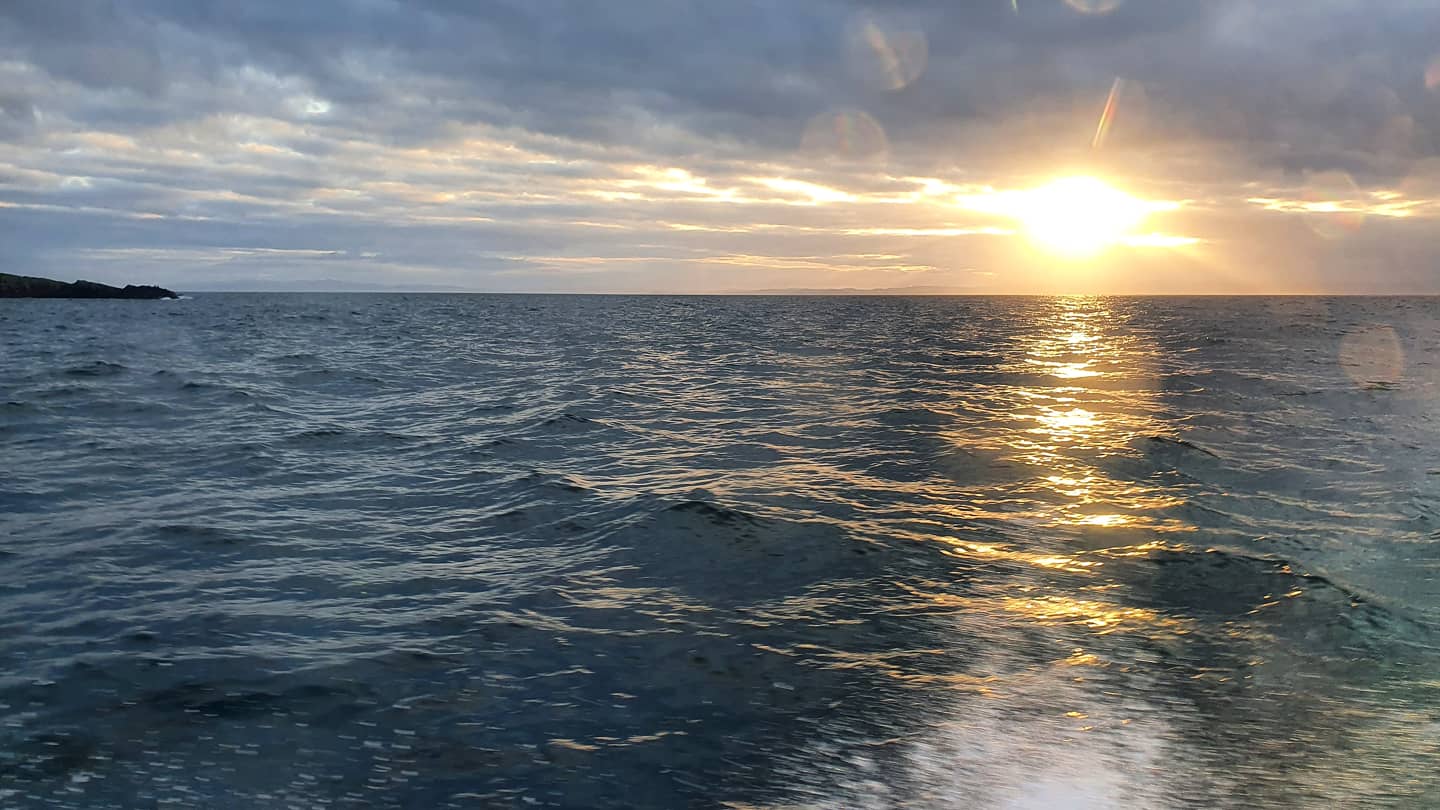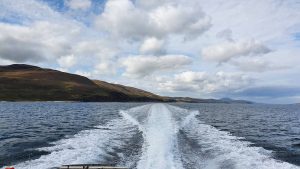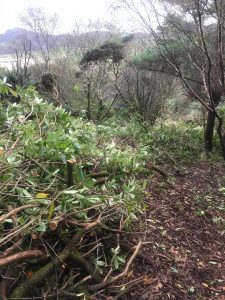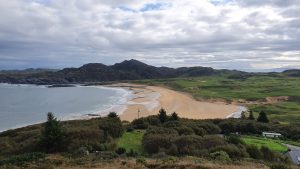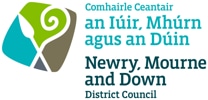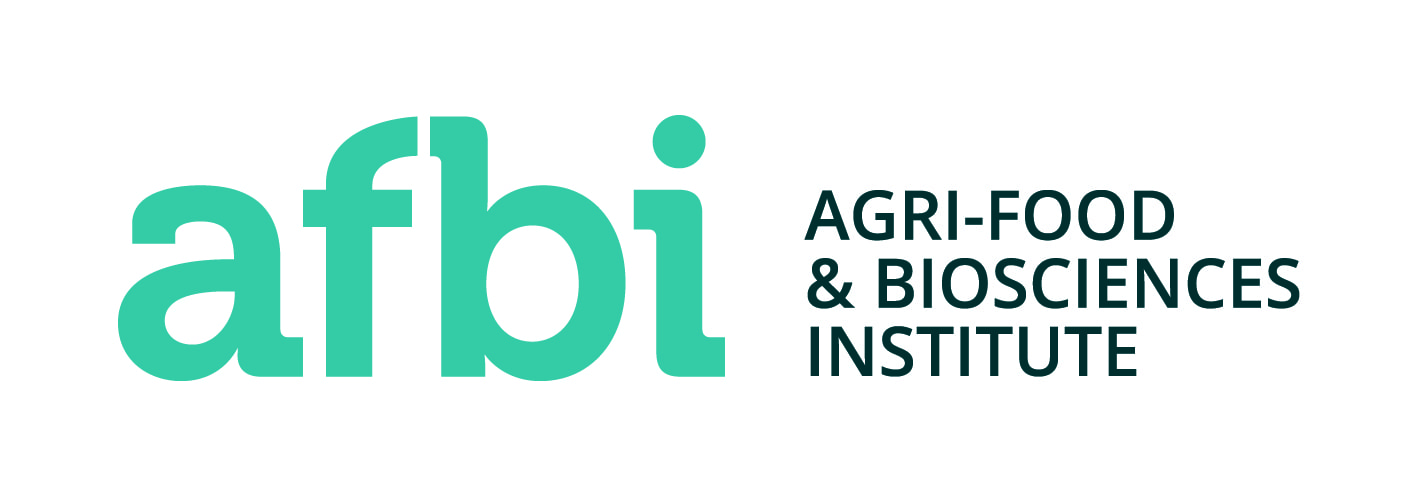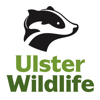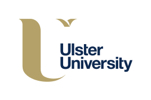One of the most significant and public pieces of work carried out by CANN partners, Ulster Wildlife, has been the erosion gully and peat hagg restoration of degraded blanket bog on Cuilcagh Mountain. This project was even featured on BBC News. To do this work we needed to use helicopters to bring in heavy materials like the Coir Rolls and fencing to temporarily exclude stock. The Coir Rolls are used to block the gullies, slowing the flow of water and preventing the precious peat from washing away.
The carbon benefits of protecting and restoring active blanket peat are well known but using such carbon-intensive transport as a helicopter and even shipping material like coir may lead some people to ask if this tips the carbon balance. So, before we started work, we decided to do some research to make sure we were making the right choices.
Coir fibre is the outer husk of the coconut and is a by-product of the coconut industry, not a purpose-harvested product. Coir rolls are placed across the bare peat of eroding gullies to intercept the erosive flowing water that is washing peat off the mountain. The coir traps the peat sediment but allows water to seep through slowly enough to rewet the area, creating the conditions needed to allow natural bog plant and particularly peat-forming species like sphagnum mosses to re-establish. Coir has a high lignin content, meaning it takes 5-10 years to rot away, allowing enough time for the plants to root and start protecting the underlying peat.
These are some of the reasons why coir rolls were recommended as part of the hydrological analysis from our consultants RPS Ireland. The use of coir rolls has been standard practice for peatland restoration in Scotland, England and Northern Ireland for more than ten years.
However, we are always looking to improve on the standard practice, to push the science of peatland restoration forward and to this end, we have already gained permission from our funders and the relevant government departments to trial a light-weight, novel sediment trap technique. It is hoped that solutions like these could potentially replace coir rolls in the future and reduce the associated carbon costs of international shipping and helicopter transport. We have used sheep’s wool and peat itself on other areas in Cuilcagh and are monitoring these results. We are also exploring other potential alternatives through the CANN project, such as locally sourced heather bales and wool, to examine their effectiveness and feasibility for this type of restoration.
When we trial alternatives, however, we must bear in mind that Cuilcagh is an internationally important, protected site and there needs to be a balance between trying these novel techniques (holding a possibility of failure) and the immediate need for effective and fast gully blocking using established techniques to halt the destruction of this amazing place. We must take care when using local materials such as heather bales that our removal does not damage one area to restore another nor does it introduce pests such as the heather beetle into the SAC. We also need to look at the longevity of the materials, for example, the idea of using locally grown straw was abandoned as it simply does not last long enough to act as an effective sediment trap.
Our biggest carbon conundrum was the use of the highly fuel and carbon-intensive helicopter. But the alternative of carrying the materials to do the same job, either using machinery or human power, would cause significant damage to the habitats through repeated tracking over very long distances. Using the helicopter means we can reach the remote areas of the site without causing any damage to the important habitat in the process.
At our 2019 CANN conference, we learned that the Moors of the Future Partnership in the UK regularly use helicopters to transport materials for their peatland restoration projects, including coir rolls. Their carbon audits indicate that the restoration outcomes of their work outweigh the carbon emissions by a huge amount. Their study showed that one year following re-vegetation, the magnitude of the avoided loss of carbon from areas of bare peat will be 37 times that of the GHG emissions produced through undertaking the work, including use of helicopters. This is also before factoring in all the associated (non-carbon linked) benefits of gully restoration on improved downstream water quality and biodiversity that the re-vegetation delivers.
Ulster Wildlife has secured funding to do a carbon audit of their operations and will be including an audit of this gully restoration project on Cuilcagh. We hope and expect that similar results to the Moors of the Future audit will demonstrate the effectiveness of our valuable work on Cuilcagh.
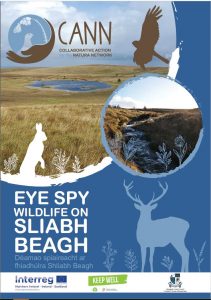
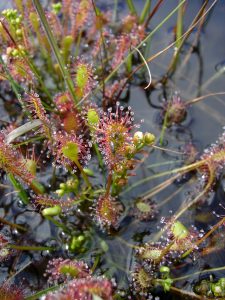 link below
link below
